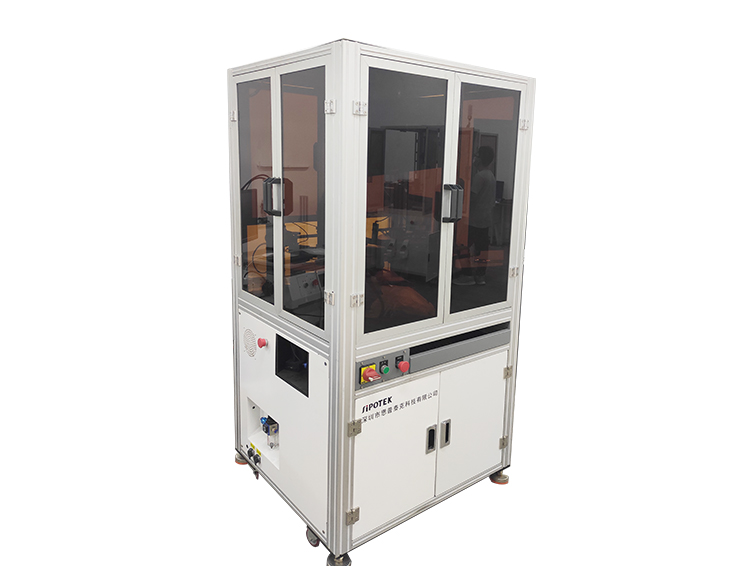Minimalist visual inspection system
Appearance visual inspection system is an automatic inspection system which is used to detect and analyze the appearance features of objects by using computer vision technology. The system typically includes components such as cameras, image processing software, and algorithms that enable efficient and accurate detection, recognition, and classification of an object's appearance. By analyzing the color, texture, shape and other appearance characteristics of the object, the appearance vision inspection system can be widely used in quality control, product inspection, security monitoring, intelligent recognition and other fields.
Current situation and pain points
Modern visual inspection systems utilize techniques such as deep learning and machine learning to achieve efficient object detection and recognition. In recent years, the continuous improvement of algorithms and hardware has made remarkable progress in the accuracy and stability of visual inspection systems. Visual inspection system has been widely used in industrial automation, intelligent security, medical imaging and other fields.
In the face of complex backgrounds or poor lighting conditions, the accuracy of the appearance vision inspection system may be affected. The annotation of large-scale data sets requires a lot of time and manpower, which limits the rapid development of the system. Some application scenarios require higher real-time performance of the visual inspection system, which requires faster processing speed. Some systems may lack generality and have limited adaptability to different objects or scenarios, requiring custom development.
Appearance visual inspection system application difficulties
The stability and accuracy of the visual inspection system in the case of complex background, drastic lighting changes or object occlusion.
Obtaining large, high-quality data sets and accurately and effectively labeling them is a time-consuming and labor-intensive process. Some application scenarios require high real-time performance of the visual inspection system, which requires fast response and processing.
The system needs to be versatile enough to adapt to different types of objects, scenarios and application requirements. With the continuous development of technology, the algorithm is continuously updated and optimized to keep up with the latest progress in the field of visual inspection systems. The development, maintenance and deployment of visual inspection systems require a large amount of costs and resources, including hardware equipment, manpower and training.
Scope of application of visual inspection system
1. Industrial production
Detect surface defects, stains or foreign objects to ensure product quality. Check the correct assembly and location of parts to improve production efficiency.
2. Retail and e-commerce
Identify products by their appearance features to provide an intelligent shopping experience. Automatically detect the placement and replenishment of goods on the shelves.
3. Smart security
Detect abnormal appearance, such as face recognition, license plate recognition, etc., to improve security. Identify unauthorized persons or objects and promptly report them to the police.
4. Medical field
The visual inspection system can be used for medical applications such as diagnosing diseases and assisting in surgery. Help doctors identify skin lesions by analyzing the appearance of skin surface features.
5. Transportation and urban Management
Vehicle identification, violation monitoring, etc., improve the efficiency of traffic management. Identify physical features in the urban environment to improve urban management and planning.
-
Service hotline
13077808017


